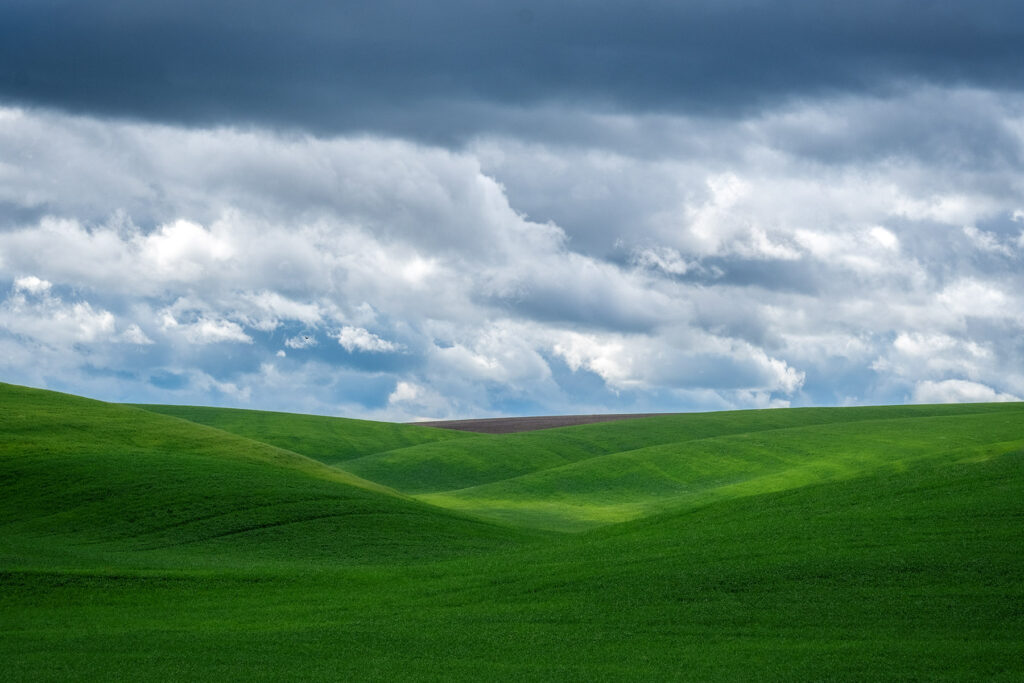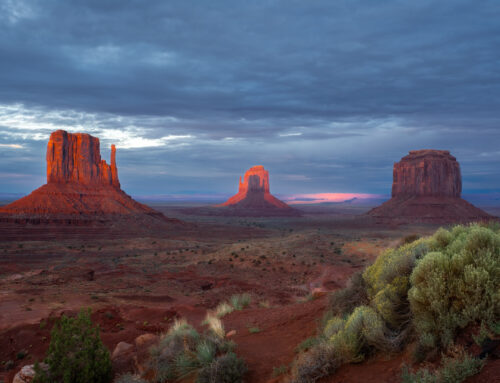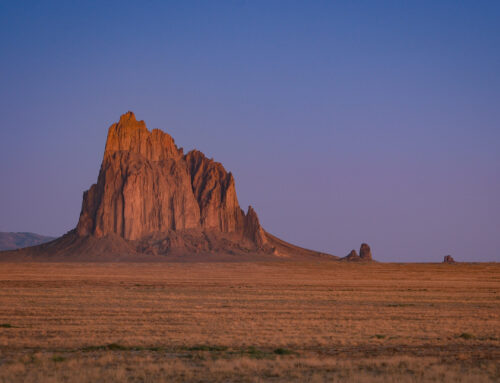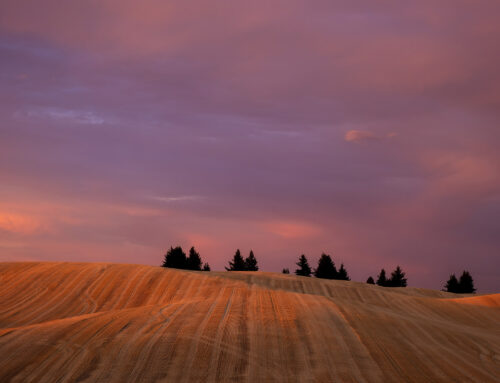Applying care and consideration to your photographs before, during and after capturing the image will improve your image dramatically and really show through to anyone who views your images. I view thousands of images a year and it’s easy to see who spent time and consideration in framing up the composition, executing it technically as best they could, and then spent the time to process it well, and those who haven’t put in the time, or care and consideration. As a viewer of images, one thing becomes very evident to me…if the photographer is not willing to take the time and care to capture and process the image to a reasonable standard, why should I spend my time viewing the image? I’m not saying that beginners need to present images as good as advanced shooters, no no. No matter what level of photographer you are, the application of care and consideration to an image to present it as best as possible will be evident to the viewer and create a photograph that you can be proud of.

You might be thinking how does care and consideration translate to actions that you can do in the field and in post-processing? Let me detail a few areas where I think it can help the most
Pre-Capture
- Slow down and do a visual inventory BEFORE you press the shutter button. Evaluate each visual element in your photograph and make sure they support, not detract from, your subject or story. If they don’t, change your composition by moving your feet or changing focal lengths
- Edge Patrol – Scan the edges of your composition to make sure that nothing is poking in from the sides and/or you haven’t cut off anything. Nothing is worse than half of a tree on the edge of a photo.
Capture
- Carefully consider your camera settings. Do you have the optimal aperture for the photograph and what you’re trying to do? Camera settings matter and having care and consideration in your settings for each and every shot make a difference
- Where is the focus point in your photograph and is this the best place given what you’re trying to do? I see so many photos where the focus point was somewhere random in the photograph, chosen by the camera, not the photographer. I use the smaller focus point possible in my camera and move it to the exact location in my photograph to achieve my creative goals. If you’re shooting wildlife, the one absolute is the eye of the animal needs to be in focus. If shooting landscapes, you decide where to put the focus point and if unsure, 1/3 up from the bottom of the frame is often a good default if you are using a larger aperture number. Applying care and consideration to the focus area in the composition (and with the “right” aperture) will lead you to acceptably sharp images that will be intentionally focused
Post-Capture
- Evaluate your images before making changes. Create a list of things you want to change and then work through the list
- DUST SPOTS! Clean up dust spots that show up in your images, often visible in skies and other smooth areas of your shot. When these aren’t cleaned up and seen by the viewer, it’s very evident the photographer didn’t take their image seriously. Zoom in to 100% and scan for dust spots in skies and smooth areas. Use removal tools in Lightroom or Photoshop to remove them.
- Clean up distracting elements! When you take the time to clean up distractions, or things that can grab the viewers attention, your subject/story can be much more fully appreciated. Look for sticks, wires, poles, bright spots, irregularities and anything that has the potential to grab attention, either consciously or subconsciously.
- Spend the time to get the color, tonality and sharpness “right” for what you want. There is no universal “right” way to process an image. You are the artist and it’s what you like. Regardless of what you like, applying care and consideration to your image processing will be very evident to a viewer and shows that you value your image and it’s worth looking at. There is a lot of great tips and tricks on YouTube, but your value as the artist is knowing WHAT to do…knowing HOW to do it is the easy part.

In the end, like almost any activity, the amount of effort and care and consideration that we put in to that activity will be evident to anyone watching. If you value your images and you would like others to see the beauty that you capture and are proud of, then I encourage you to spend the time and energy needed to properly capture and present the image. The longer I photograph, the more I find the process of photography a wonderful exercise and one that I value. For me, it’s not all about the finished photo, it’s about the experience, the process, the artistry along every step of the journey from pre-trip preparation, through capture, in to Post and then in the presentation. At each point along the way I can apply care and consideration and in the end, that helps to make my photos all the better!





Leave A Comment